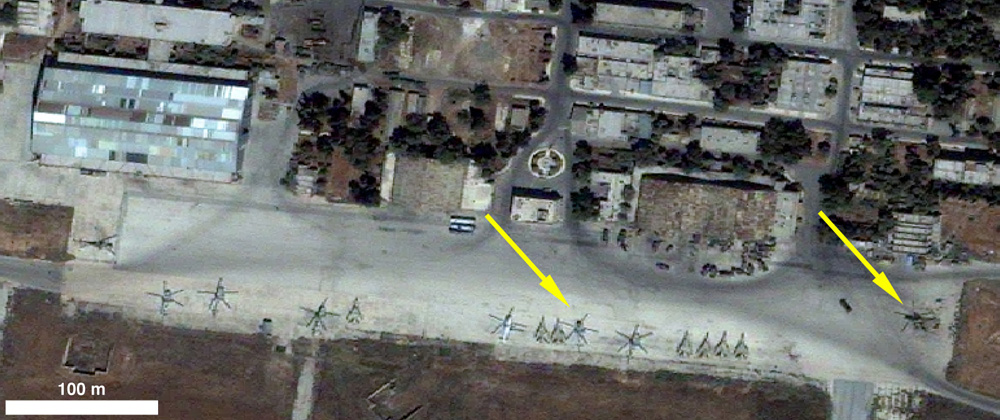AGM Countdown: In the run up to Amnesty International’s Annual General Meeting in New Orleans this weekend, the Science for Human Rights program will be posting a new blog entry every day this week. All of the projects presented this week—and many more—will be at display in New Orleans.
For this year’s Annual General Meeting, the Science for Human Rights Program (SHR) is unveiling a cool new toy. This new toy, which we’re calling the “SHR Explorer,” enables you to check out a selection of the satellite images we have acquired and analyzed over the years, and lets you really see the extent of human rights violations in all different parts of the world. By using the slider, you can really see the striking differences between before and after images taken of the same exact place.

Screenshot of the SHR Explorer. Copyright 2010 DigitalGlobe. CLICK IMAGE TO GO TO SITE
Images from Zimbabwe and Chad show the extent of housing demolitions in select areas of those countries. In both Porta Farm, Zimbabwe, and N’Djamena, Chad, housing demolitions have caused immeasurable pain and suffering to people who have been made homeless by their own government.
In Lebanon, Georgia and Nigeria, violence has caused widespread damage and destruction to civilian infrastructure. Satellite images of Beirut, Lebanon, appear to prove that Israeli forces used cluster bombs in civilian areas during the August 2006 conflict, and those of Tskhinvali, Georgia, show many missing rooftops as result of the war between Georgian and Russian forces in August 2008. In Nigeria (our most recent project) the images show how many structures in the city of Jos have been destroyed by fire during recent clashes in the region.
And in New Orleans, aerial photographs demonstrate the slow pace of reconstruction in the aftermath of Hurricane Katrina. The first aerial image shows the flood that happened right after Katrina hit, and the second image shows what the same area looks like 4 years later, in 2009.
The Explorer is really going to be a powerful new tool as we continue to document and monitor, and do advocacy and campaigning work on various human rights abuses all over the world.
Check it out today!

